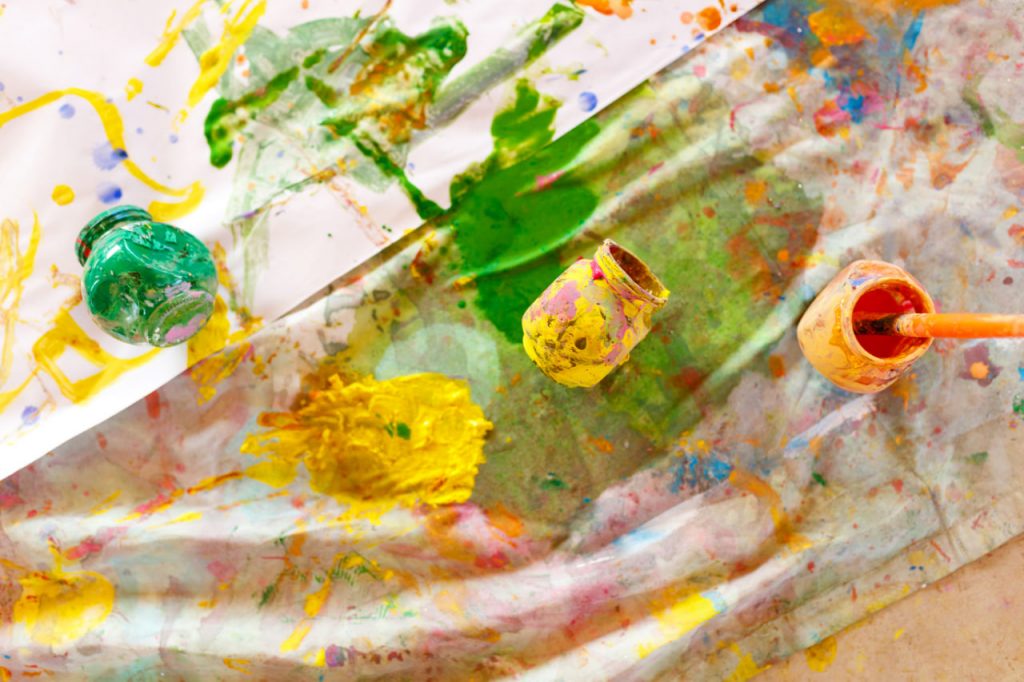Creating depth and dimension in acrylic paintings is essential for producing artwork that feels lively, realistic, and visually engaging. Acrylics, with their fast drying time and vibrant colors, offer numerous techniques to achieve the illusion of space, form, and texture. Whether you want to paint a dramatic landscape or a compelling portrait, mastering depth and dimension will elevate your art to the next level. In this article, we explore effective strategies and practical tips to help you create captivating depth and dimension using acrylics.
Understanding the Basics of Depth and Dimension
Depth in painting refers to the sense of distance between objects and the space they occupy. Dimension relates to the perception of volume and form within objects, making them appear three-dimensional rather than flat. Both effects rely heavily on how you use color, value (light and dark), perspective, and texture.
To create these effects in acrylics, you need to manipulate several elements: layering, color temperature, shading, and composition. Learning to control these aspects will help you guide the viewer’s eye and breathe life into your artwork.
Using Value and Contrast to Build Dimension
One of the most fundamental ways to create depth is through the use of value—the lightness or darkness of a color. Areas with high contrast between light and shadow appear closer, while low contrast tends to recede into the background.
Start by establishing a strong value structure in your painting. Identify the light source and use darker shades to paint shadows and lighter tones for highlights. Gradually build these values with layers of paint. Acrylics dry quickly, so layering thin glazes allows you to refine values subtly without losing vibrancy.
Contrast can also be enhanced by placing complementary colors side by side, making objects pop and creating a dynamic sense of depth.
Applying Atmospheric Perspective
Atmospheric perspective is a technique where objects farther away appear lighter, less detailed, and cooler in color compared to those in the foreground. This effect mimics how the atmosphere influences what we see in real life.
To achieve this in acrylic painting, use softer edges and cooler, muted colors like blues and grays for distant elements. Warm, saturated colors should be reserved for objects you want to bring forward. Gradually fade details and textures as objects move back into space. This approach adds realism and spatial depth to your compositions.
Layering and Glazing for Depth
Acrylic paint is well-suited for layering because of its quick drying time. By applying multiple transparent or semi-transparent layers (glazes), you can create complex colors and depth effects.
Glazing allows light to pass through the layers and reflect back, giving your painting a luminous quality. Use a glazing medium mixed with your paint to increase transparency. Build up thin layers carefully, allowing each to dry before applying the next. This technique is especially effective for rendering skin tones, skies, water, and subtle shadows.
Layering also helps to create texture and dimension when combined with varying brushstrokes or palette knife applications.
Creating Texture for Tactile Dimension
Texture adds physical depth to a painting and can enhance the illusion of three-dimensionality. Acrylics offer great flexibility for texture creation because you can manipulate them thickly or thinly.
- Impasto Technique: Apply thick layers of paint using a palette knife or stiff brush to build raised surfaces that catch light differently.
- Additives: Use modeling paste, gels, or sand mixed with acrylic paint to create rough, tactile surfaces.
- Dry Brushing: Use a dry brush with little paint to create textured effects on the canvas.
Texture not only makes your painting visually interesting but also encourages viewers to explore your work closely.
Using Perspective to Enhance Depth
Linear perspective is a powerful tool for depicting space realistically. By using vanishing points and converging lines, you can create the illusion of objects receding into the distance.
Incorporate perspective lines in your compositions, whether painting architectural scenes, roads, or landscapes. Make sure that objects decrease in size as they approach the vanishing point. This technique helps organize your composition and reinforces spatial depth.
Combining perspective with atmospheric and value techniques strengthens the overall dimensional effect.
Color Temperature and Its Impact on Depth
Color temperature affects how close or far an object appears in a painting. Warm colors such as reds, oranges, and yellows tend to advance toward the viewer, while cool colors like blues and greens recede.
Use this knowledge to manipulate the placement of colors within your artwork. For example, you might paint foreground elements in warm, saturated colors to make them stand out and use cool, muted tones for background areas. Balancing warm and cool colors also adds visual interest and richness to your painting.
Tips for Practicing Depth and Dimension in Acrylic Painting
- Start with simple still life or landscape studies focusing on light, shadow, and form.
- Use a limited color palette to better control color temperature and value relationships.
- Experiment with different layering techniques and mediums to find what works best for your style.
- Observe real-life scenes or photographs carefully to understand how light creates depth.
- Take time to refine edges: soft edges push objects back, while sharp edges pull them forward.

